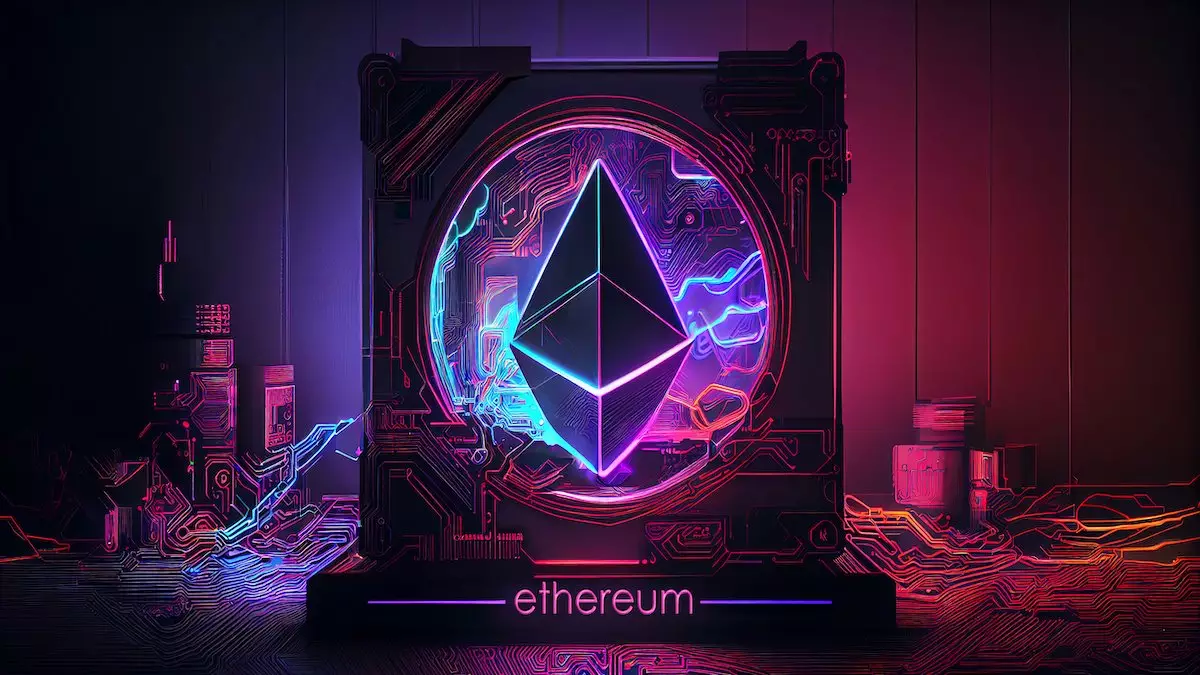ERC404, the latest token standard in the blockchain world, is making waves with its unique combination of features from both ERC20 and ERC721 standards. Since its introduction, the crypto community has shown great interest in this experimental standard, leading to an astonishing $87 million in trading volume on decentralized exchanges within the first week alone. Additionally, NFT marketplaces have witnessed nearly $1 million worth of ERC404 token trades. This raises the question: what exactly is ERC404 and why is it generating such intrigue?
The introduction of Pandora, the pioneering project built on the ERC404 standard, has contributed significantly to the growing excitement surrounding this new token standard. Pandora stands out from the crowd by offering a fascinating combination of 10,000 ERC-20 tokens and 10,000 associated “Replicant” NFTs. What makes this project truly unique is the dynamic relationship between the tokens and NFTs.
When a user purchases a full PANDORA token on an exchange, 1 Replicant NFT is minted and added to the buyer’s wallet. Conversely, selling 1 PANDORA token results in the connected NFT being burned. This dynamic ecosystem gives rise to a constantly fluctuating market for these exclusive Replicants. Consequently, the demand for both tokens and NFTs skyrocketed soon after their launch, showcasing the immense potential of ERC404.
ERC404 may still be in its early stages, but its promise is already evident. By merging the rules of ERC20 and ERC721, this standard allows each Replicant to possess the properties of both a token and an NFT, deviating significantly from fractionalized NFTs that only permit partial ownership. This innovative approach not only enhances the liquidity of NFTs but also enables users to trade tokens seamlessly on popular decentralized exchanges like Uniswap, which offers considerable liquidity.
When a fungible token linked to an NFT is sold, the NFT is destroyed, fostering a dynamic market for scarce Replicants. Unsurprisingly, ERC404 has already generated substantial trading volumes and fees for liquidity providers on Uniswap. Marketplaces like Blur have swiftly incorporated this standard, with other platforms and NFT projects following suit. The potential for ERC404 appears limitless, and it is only a matter of time before more projects adopt this groundbreaking standard.
ERC404 represents a remarkable leap forward in merging the features of ERC20 and ERC721 standards. With its flagship project, Pandora, already making a splash in the crypto community, there is no doubt that this new token standard holds tremendous potential. As more platforms and projects embrace ERC404, we can anticipate even higher trading volumes and a dynamic market for rare NFTs. Keep a close eye on this standard as it continues to revolutionize the world of crypto and NFTs, paving the way for exciting possibilities.


Leave a Reply